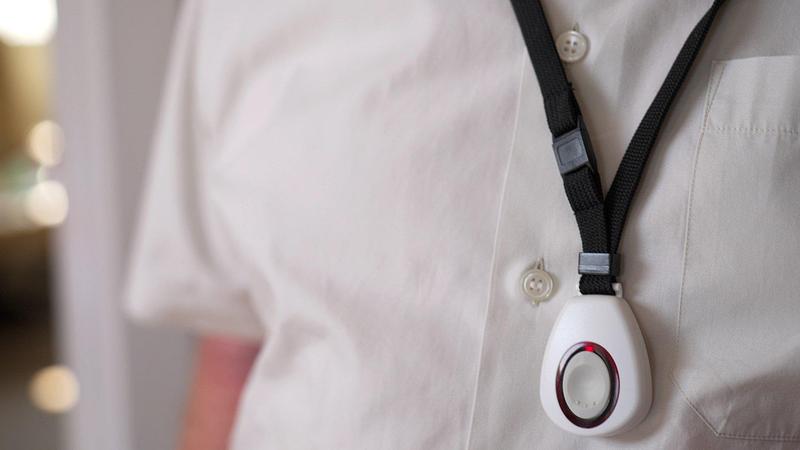
Author: Steve Smith, Head of Smart Places at FarrPoint
The UK, like many other countries, has an increasing demand for health and social care as a result of people living longer, increasing population sizes and lifestyles. Services are already strained to breaking point, and without finding new and innovative ways to deal with these challenges, things will only get worse.
Smart technologies have the potential to revolutionise social care by providing new and innovative ways to support people who need care. These technologies can be used to widen the range of services that can be provided, improve the quality of care, make it more efficient and cost-effective, empowering people to live more independently.

There are many smart technologies already available, and more are being developed all the time.
The examples above are just a small sample of how smart place technologies can be used to improve social care. As these technologies continue to develop and the use of AI increases to interpret the resulting data, we can expect to see even more innovative ways to use them to support people who need care.
And it’s not just social care that can benefit from these technologies, there are significant opportunities within the health sector too, for example by enabling the creation of virtual wards where patients can be monitored remotely during their recovery, freeing up valuable hospital beds and resources more quickly.
However, simply having abundant data from smart technologies is not a solution; the benefits stem from interpreting and using this data and having the right processes and resources in place to take appropriate actions.
Data analytics can be used to identify trends and patterns in social care data, which can then be used to improve the quality of care and to allocate resources more effectively. With the rise of AI, utilising this technology it is possible to predict when assistance might be required or identify individuals at risk of a fall or an escalation of a health condition.
The other vitally important element is the security and governance of this sensitive personal data. Used correctly, it can be transformational, but this needs to be carefully managed to ensure it is only used for the intended purpose and is held securely to give users the confidence to allow these systems into their homes and lives.
By empowering users to engage with their health and social care data directly, similar opportunities to those achieved via the smart energy meter roll-out and in-home usage displays could be found, enabling users to make small adjustments to their daily routine in order to live healthier, happier and longer lives.
Of course all of this data and insight is useless unless organisations ensure that they align their operational processes and associated resources to act effectively on the insights the technology provides. Current systems are typically geared towards providing reactive support, with less focus on proactive or preventative intervention which smart technologies can enable, meaning significant cultural change will be needed to fully realise the benefits that these technologies can offer and this is probably the single biggest barrier to its potential success.
And the best news is that a lot of this technology is already available and devices like smart watches, voice assistants and telecare devices can be purchased directly from retailers. And the more people use them and understand their additional benefits, the more can be achieved in enabling people to live better, safer, and independent lives.
And as technology advances, the benefits of smart place technologies in social care will only grow.
To find out how FarrPoint could help you harness these advancements and tailor smart technology strategies and solutions to your specific needs, get in touch.
Connectivity is important. It drives business and society, bringing communities and commerce together. That's why we use our insight and experience to connect people and business.